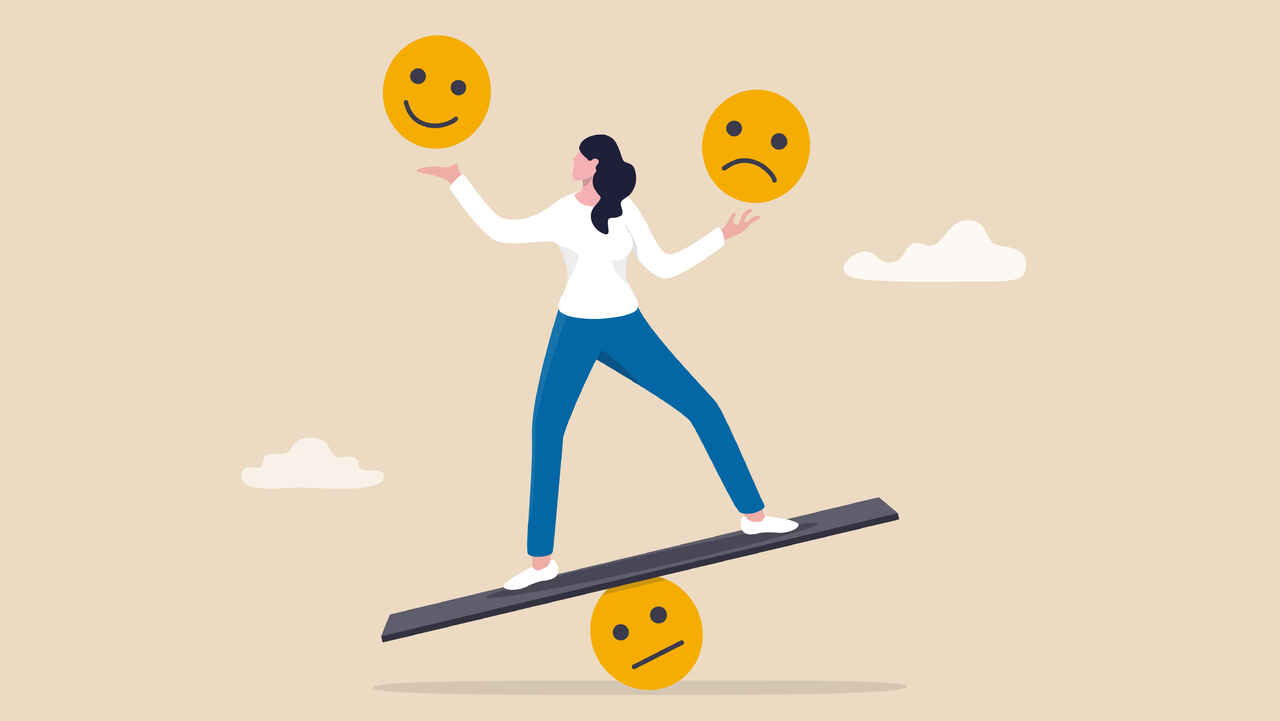
Here’s how to recognize whether you have more than just the winter blues.
If you feel sad and depressed only during certain times of the year, you may have seasonal affective disorder (SAD). This condition, which is a type of depression, has similar symptoms to other forms of depression but it is related to changes in the seasons.
SAD most often occurs during the late fall and winter months, when there are less hours of daylight. Although many people chalk their symptoms up to the winter blues, the condition is real and there are treatments available so you don’t have to trudge through the season feeling lousy. Some people have SAD during the spring and summer months, but this is far less common.
Millions of American adults may have the condition, although many do not know they have it. Scientists do not fully understand what causes SAD but the condition is more common in women than men and occurs more often in areas where there is less daylight during the winter months (such as in northern states), according to the National Institute of Mental Health.
“Don’t ever be ashamed to share with your physician or health care professional your feelings of sadness or anxiety. There are many ways we can help you navigate through this stormy time of life.”
How do you know if you have seasonal affective disorder?
If you have an occasional down day during the winter, or even a few blah days, it doesn’t mean you have seasonal affective disorder. But if you have symptoms of depression that tend to start during this time of year and linger, possibly even getting worse as the season progresses, it’s likely a sign that you have SAD. This is especially true if you notice your symptoms come back year after year around the same time.
Symptoms of SAD may include:
-
-
- Feeling sad, down or depressed most days
- Feeling tired, sluggish or having low energy
- Feeling anxious or easily agitated
- Feeling hopeless or worthless
- Having difficulty concentrating
- Losing interest in things you used to enjoy
- Experiencing changes in sleep (not sleeping enough or sleeping too much)
- Experiencing changes in appetite or weight (either up or down)
- Social withdrawal
- Having thoughts of suicide
-
Not every person with SAD will experience all of the symptoms listed above.
What should you do if you think you have SAD?
If you feel down for more than a few weeks and there is no explanation for why you are feeling the way you do, it may be time to talk to a doctor or mental health professional. You don’t have to put up with symptoms of seasonal affective disorder, just waiting for them to go away when the days get longer again. If you have severe symptoms, such as thoughts of suicide, or you find yourself turning to alcohol, drugs or other dangerous behaviors to cope with your symptoms, it’s especially important to seek professional help.
What are treatment options for SAD?
Treatments for seasonal affective disorder may include psychotherapy, antidepressant medications, vitamin D and/or phototherapy (light therapy). These treatments may be used alone or together, but it’s best to talk to your health care provider about which is right for you.
Copyright 2021-2022 © Baldwin Publishing, Inc. All rights reserved.
Health eCooking® is a registered trademark of Baldwin Publishing, Inc. Cook eKitchen™ is a designated trademark of Baldwin Publishing, Inc. Any duplication or distribution of the information contained herein without the express approval of Baldwin Publishing, Inc. is strictly prohibited.
Date Last Reviewed: November 12, 2021
Editorial Review: Andrea Cohen, Editorial Director, Baldwin Publishing, Inc. Contact Editor
Medical Review: Perry Pitkow, MD
Learn more about Baldwin Publishing Inc. editorial policy, privacy policy, ADA compliance and sponsorship policy.
No information provided by Baldwin Publishing, Inc. in any article is a substitute for medical advice or treatment for any medical condition. Baldwin Publishing, Inc. strongly suggests that you use this information in consultation with your doctor or other health professional. Use or viewing of any Baldwin Publishing, Inc. article signifies your understanding and agreement to the disclaimer and acceptance of these terms of use.